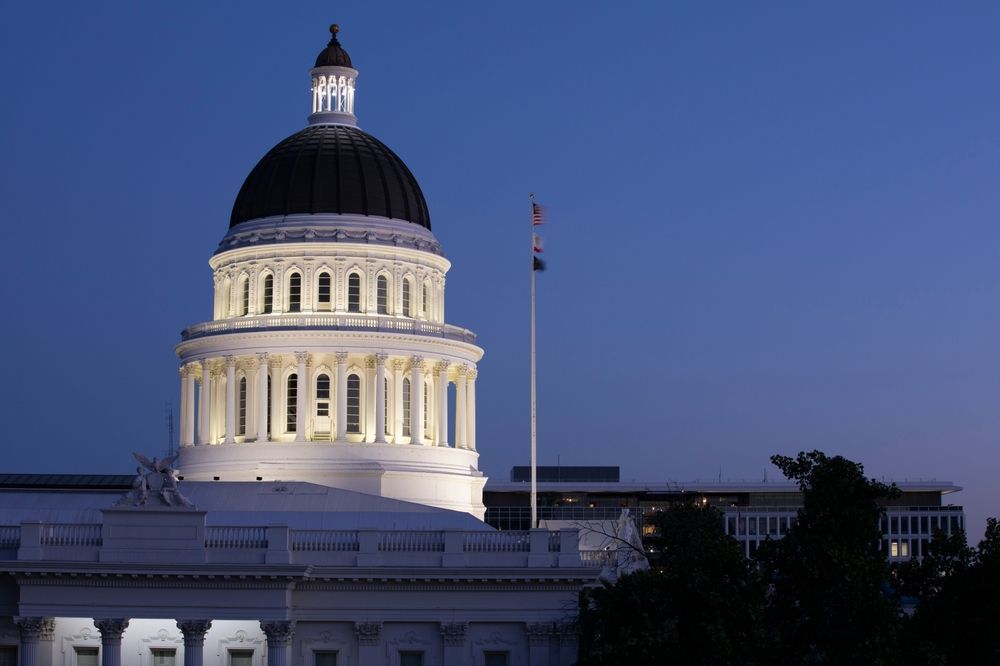The Social Media Screening Guide for CRAs
11 August 2023
Share this article:

Key Points
- Social media screening of employment candidates is on the rise, and with good reason. There are few things that give a snapshot of a person and their attitudes as well as their social media posts. It allows employers to reject candidates who are likely to create problems in the workplace or damage the company’s reputation.
- Though it’s useful, social media screening is a legal minefield. Improper use of this information can lead to lawsuits and can run afoul of the Equal Opportunity Employment Commission (EEOC) and the Fair Credit Reporting Act (FCRA).
- Employers are wise to minimize their legal risk by engaging a CRA. In-house screening can too easily be subjective, and decisions can be based on general impressions and biases rather than objective criteria.
- CRAs need to have documented standard procedures for reviewing social media, evaluating its validity and passing only what is relevant to the employer.
Why Are Employers Using Social Media Screening?
People are careful in what they say to potential employers but are often less cautious in their social media posts. By reviewing social media usage, employers can get an accurate picture of a person’s attitudes and behaviors that might not come across on an application or in an interview.
They can often find out about:
- Fabricated credentials or work history.
- Previous workplace misconduct.
- Violent or threatening behavior.
- Online sexual misconduct or a history of sexual harassment.
- Prejudiced attitudes that may lead to friction and even lawsuits in the workplace.
It’s becoming more common for employers to disqualify a candidate based on their social media activity. A clean social media history can also make employers more comfortable about those that they do hire.
What Does Social Media Screening Mean for CRAs?
Social media screening is a challenge and an opportunity for CRAs. It’s an opportunity to make their services even more valuable to their clients. It’s an opportunity to deliver a more thorough background check than court records and similar public documents can provide. It's a chance to expand their practices.
On the challenge side, CRAs will have to develop expertise in social media screening. Social media posts are softer data than they’re used to dealing with, and they can’t simply retrieve it and report it. Also, even with the rise of AI, there’s unlikely to be an algorithm soon that can differentiate between a serious threat and a joke among friends. (For example, “I’d like to come over there and punch your lights out!” can be either.)
Social media review will have to be done by people, yet people will have to set their biases aside and use objective criteria. They will need to work from guidelines that are documented in writing. Evaluating this source material is different from what CRAs have done in the past.
Legal Concerns for CRAs Performing Social Media Screenings
CRAs must be aware of the requirements of the EEOC under Title VII of the 1964 Civil Rights Act as well as the constraints of the FCRA.
Title VII outlaws job discrimination based on race, religion, sex or national origin. CRAs need to take caution that indicators of these protected characteristics are scrubbed from what goes back to the employer.
Social meeting screening, like any other form of screening, must comply with the FCRA. The employer must obtain written permission from the applicant before initiating a search. If they decline to hire based on the findings, they must tell the candidate so and provide a copy of the report and the candidate's rights under FCRA. In some states, the employer may not conduct a background check until they have made a conditional decision to hire.
In addition to compliance to regulations, a CRA must deliver an accurate report. If a candidate is not hired based on inaccurate information from social media screening, they may have cause to bring a lawsuit.
Guidelines for Compliant Social Media Screening for CRAs
CRAs can’t just google for social media posts and then merely browse what they find. Their process must be formal and structured.
Define Screening Parameters
CRAs must have a social media screening guide with documented policies and procedures. They should work with their clients to ensure policies are consistent on both sides of the employer-CRA partnership. Documentation should address when in the hiring process screening will take place, what job levels will be screened and what information will be included in reports.
The procedures should define which sites will be searched. These could include not only social media but also blogs, vlogs, forums and even public shopping wish lists. CRAs should bear in mind that FCRA stipulates a seven-year limit for looking back in searches. Procedures should also include what information will be considered relevant, how it will be scrubbed to comply with Title VII and in what format it will be delivered to the employer.
Risk Assessment & Decision-Making
If there’s ever a legal challenge, employers will need to show that information from the screening is relevant to the job. They must determine whether the social media content in question affects the individual’s ability to do the job or presents a threat in the workplace. A CRA can help the employer in this by defining what information will be returned from the search based on the job requirements.
Employers can make this process less threatening to applicants by showing sample reports and explaining exactly what sort of information they’ll get from their CRA and what will be left out.
Privacy Concerns
While much social media activity is an open book, CRAs must be aboveboard in the way they retrieve it. First, the employer will have obtained signed consent before the search even starts. Then, the CRA should limit their search to what any individual browsing social media can discover. For example, they must not “friend” the candidate under an assumed identity to gain additional information.
Handling Misinformation
Most names belong to more than one person, and the CRA must have procedures to know they’re looking at the right “John Smith” before they start reviewing posts.
We all know that not everything on the internet is what it seems to be, and posts can appear to be written by the person in question when they were instead produced by an impostor. CRAs need to be aware of this and have procedures for detecting it.
Bottom Line
Social media screening is already broadly used and will become only more widespread. CRAs will be challenged to provide this option legally and accurately. Those that do will have an opportunity to expand their businesses.
CRAs best serve their clients when they partner with a wholesaler such as Eagle Eye Screening Solutions for screening services that integrate into their own background check processes.
Connect with Us:




